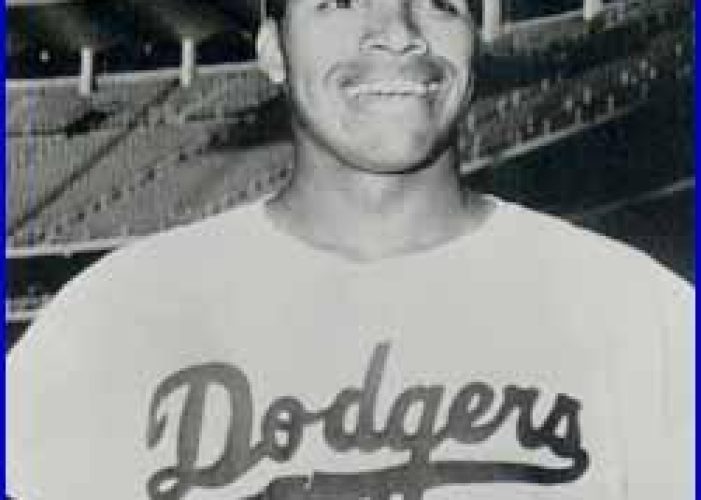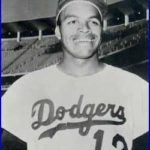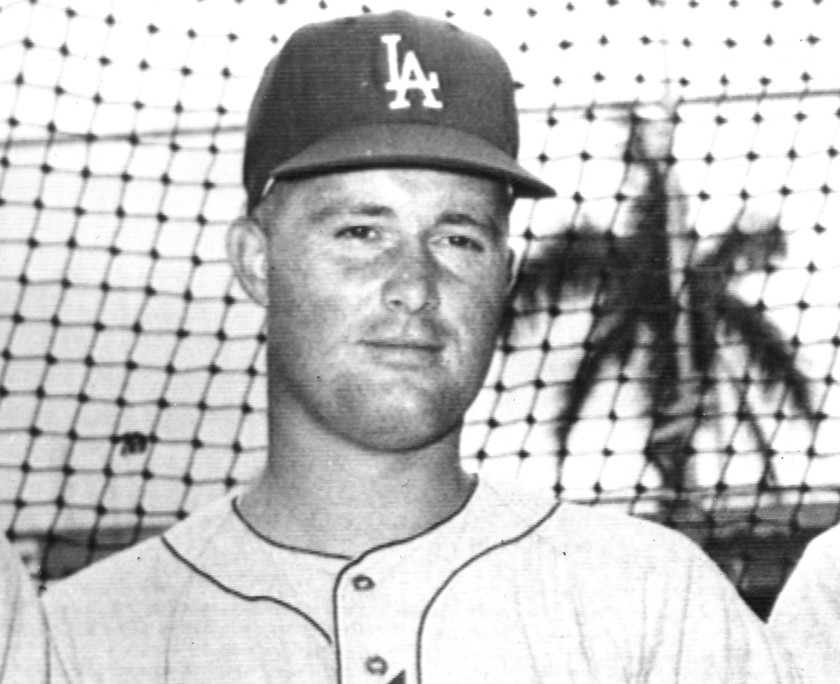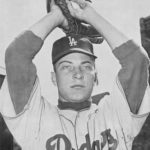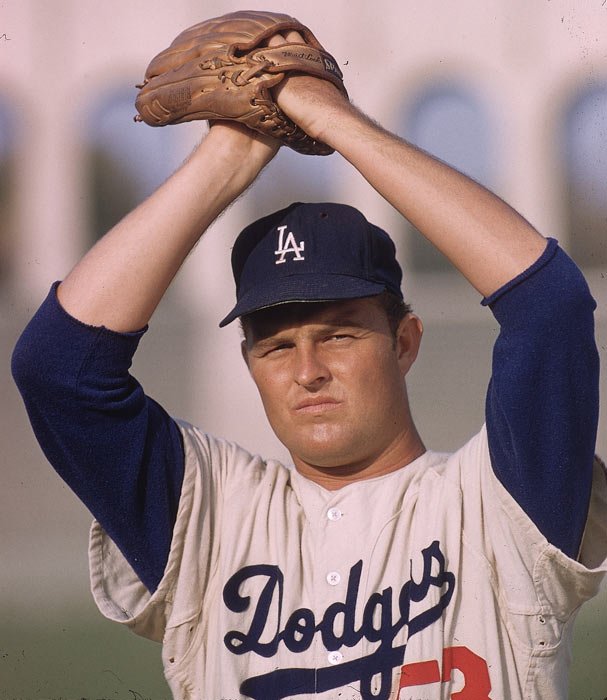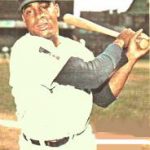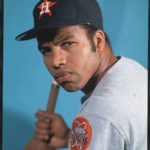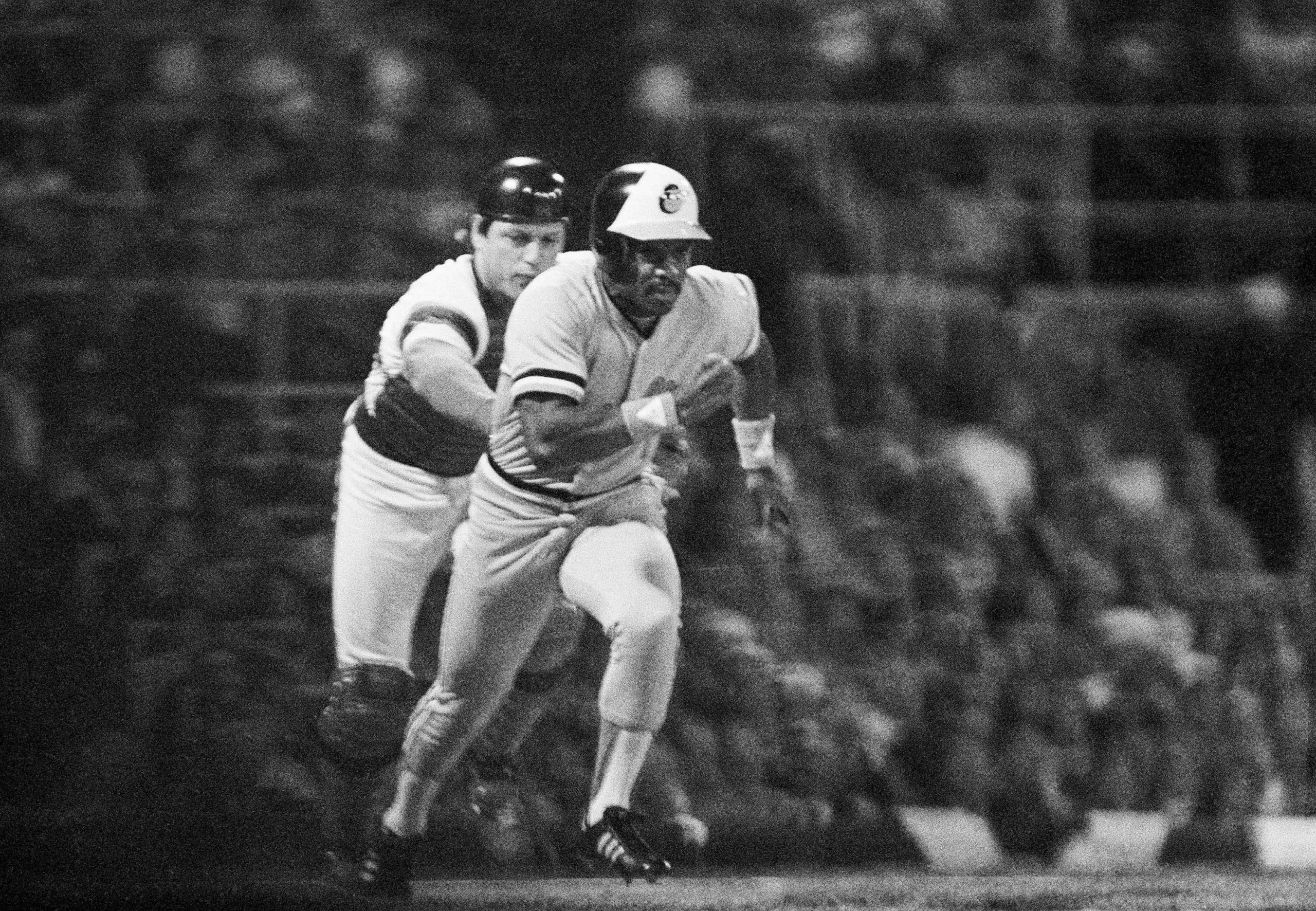Tommy Davis
Positions: Leftfielder and Third Baseman
Bats: Right • Throws: Right
6-2, 195lb (188cm, 88kg)
Born: March 21, 1939 in Brooklyn, NY us
High School: Boys HS (Brooklyn, NY)
Debut: September 22, 1959 (11,700th in major league history)
vs. STL 1 AB, 0 H, 0 HR, 0 RBI, 0 SB
Last Game: October 2, 1976
vs. MIN 4 AB, 2 H, 0 HR, 0 RBI, 0 SB
Full Name: Herman Thomas Davis
View Player Info from the B-R Bullpen
View Player Bio from the SABR BioProject
Nine Players Who Debuted in 1959
Willie McCovey
Billy Williams
Maury Wills
Tommy Davis
Jim Kaat
Tim McCarver
Jim Perry
Mike Cuellar
Zoilo Versalles
All-Time Teammate Team
Coming Soon
Vintage Baseball HOT ON EBAY
Card Collections ENDING SOON ON EBAY
MOST WANTED ROOKIE CARDS
VINTAGE SPORTS TICKETS
Baseball Hall of Famers
Notable Events and Chronology for Tommie Davis Career
Biography
In 1981, Tommy Davis (then the Mariner batting coach) said, “They used to call me lazy or lackadaisical, but the lazier I felt the better I’d hit.” Before playing pro ball, the 6’2″ 195-lb Davis had been a high school basketball standout and teammate of future NBA great Lenny Wilkens. Jackie Robinson had helped convince Davis to sign a baseball pact with his hometown Brooklyn club in 1956. However, by the time Davis made the big leagues in 1959, the Dodgers had forsaken his borough for Los Angeles. Playing outfield and some third base, the line-drive hitter topped the NL in hits (230), and BA (.346) in 1962; his league-leading 153 RBI were the most in the NL in 25 years. The following year Davis won his fourth pro batting title (he’d captured crowns in the Midwest and Pacific Coast leagues), hitting .326. He was the first National Leaguer to capture successive batting crowns since Stan Musial (1950-52). He was the starting left fielder for the NL All-Stars in ’62, and paced all hitters with a .400 average in the ’63 World Series as the Dodgers swept the Yankees in four games.
Davis slipped to .275 in 1964, and a broken ankle in 1965 limited him to 17 games. He rebounded in 1966, enjoying the third of his six .300 ML seasons (.313), but when the Los Angeles-Baltimore World Series ended, the Dodgers sent Davis to the Mets in a trade for Ron Hunt. After one year in New York, Davis went to the White Sox in a six-player deal that brought Tommie Agee to the Mets. From 1969 through 1972, Davis played with five teams, starting with the Seattle Pilots, who had taken him in the expansion draft. He landed in Baltimore in late ’72, where he served primarily as DH for three seasons and in two LCS. Davis ended his playing days with the highest career pinch-hitting average (.320, 63-for-197) in baseball history.
@ET-DC@eyJkeW5hbWljIjp0cnVlLCJjb250ZW50IjoicG9zdF90YWdzIiwic2V0dGluZ3MiOnsiYmVmb3JlIjoiTGVhcm4gTW9yZSBhYm91dCB0aGUgdGVhbXMsIHBsYXllcnMsIGJhbGwgcGFya3MgYW5kIGV2ZW50cyB0aGF0IGhhcHBlbmVkIG9uIHRoaXMgZGF0ZSBpbiBoaXN0b3J5IC0gLSAtIC0gLSAtIC0gIiwiYWZ0ZXIiOiIiLCJsaW5rX3RvX3Rlcm1fcGFnZSI6Im9uIiwic2VwYXJhdG9yIjoiIHwgIiwiY2F0ZWdvcnlfdHlwZSI6InBvc3RfdGFnIn19@
Vintage Baseball HOT ON EBAY
Card Collections ENDING SOON ON EBAY
MOST WANTED ROOKIE CARDS
VINTAGE SPORTS TICKETS
Baseball Hall of Famers
Factoids, Quotes, Milestones and Odd Facts
Coming soon
Other Resources & Links
Coming Soon
If you would like to add a link or add information for player pages, please contact us here.

